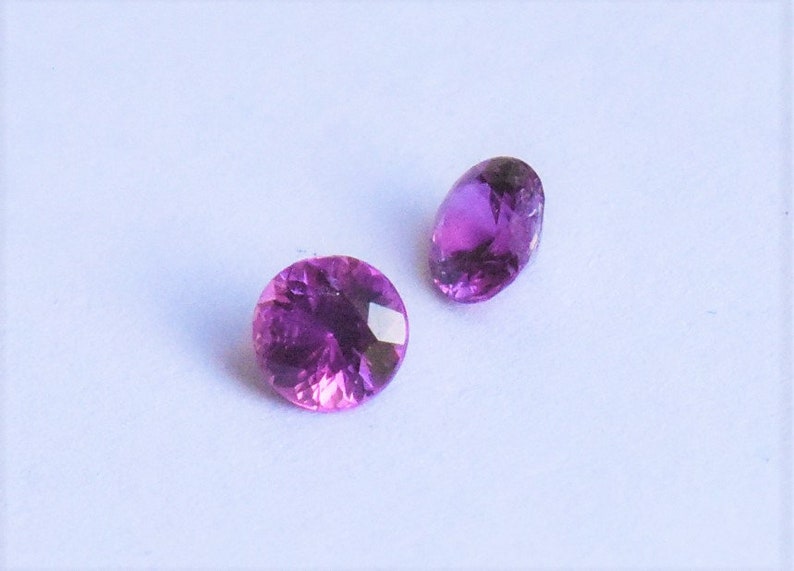

The process was patented in 1902 and mass production started as early as 1904. The synthetic Sapphires encountered most frequently in the trade are so-called Verneuil Sapphires. Identification of synthetic pink Sapphire: Usually the identification of (pink) Sapphire poses no big problem to gemmologists. Identification is achieved via optical and physical properties like refractive index, birefringence (double refraction), specific gravity (density) and absorption spectra. Some Garnets, in particular Rhodolite Garnet, also occur in pink colour. Most important are Tourmaline, Spinel, Beryl (Morganite), Topaz, Spodumene (Kunzite) and Diamond. The number of gems occurring in pink colour is rather large. This term described blue gemstones like Sapphire, Lapis Lazuli and probably many more.Ĭan be confused with: almost all other transparent pink gems, synthetics and glass. Origin of name: from Greek σάπφειρος sappheiros, which derives from Hebrew ספיר cappiyr. We of the Vienna Gem Center always held the opinion, that it is much better to own a pink Sapphire of truly excellent colour, rather than a Ruby of questionable i.e. Today this debate is obsolete because by and by pink Sapphire has gained immensely in popularity, as well as in value. The gem trade tended to refer to intensely coloured pink Sapphires as Rubies to justify higher prices. The border between pink Sapphire and Ruby is not defined which was the cause of heated debates in the past. A top quality pink Sapphire from Madagascar


 0 kommentar(er)
0 kommentar(er)
